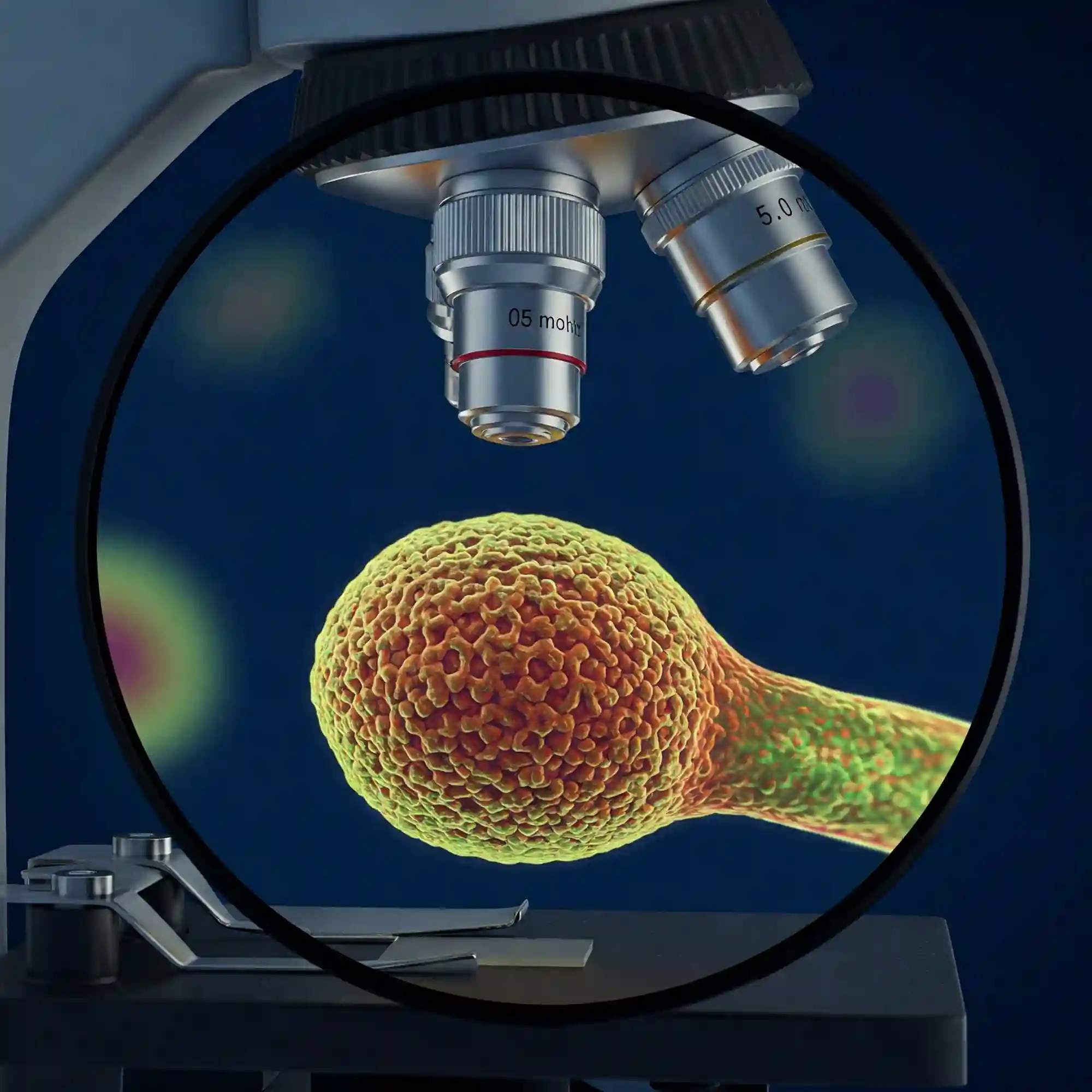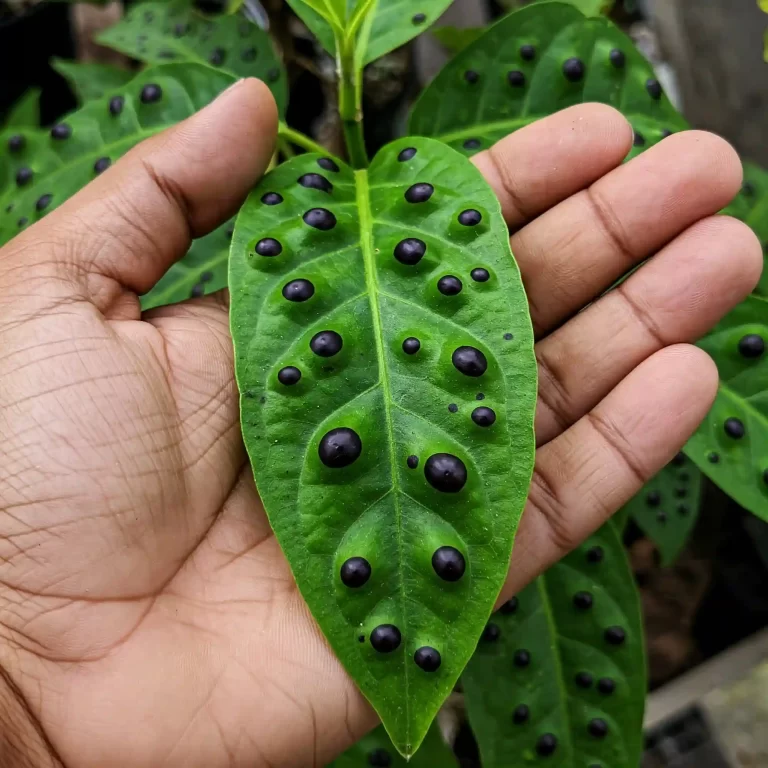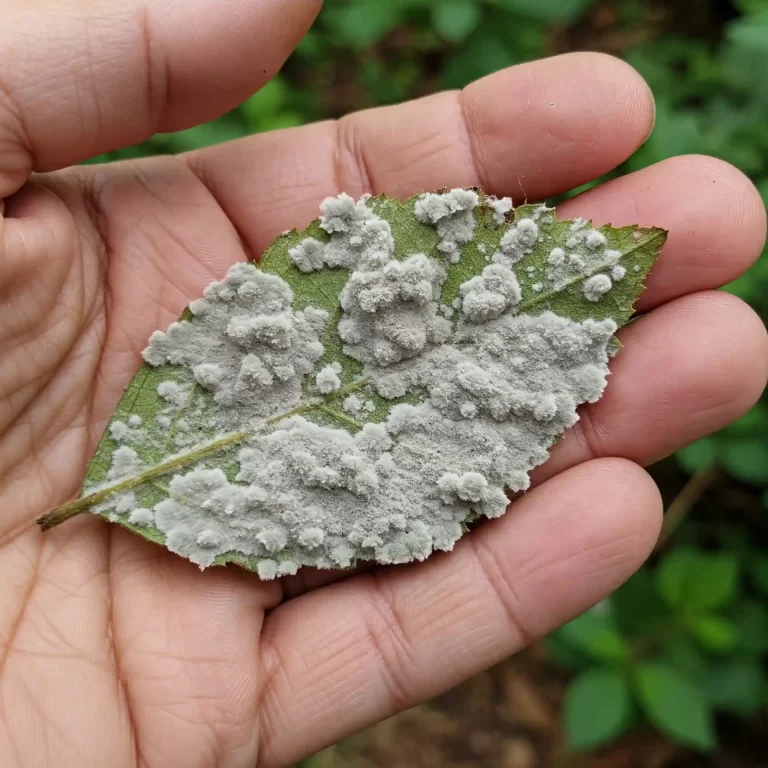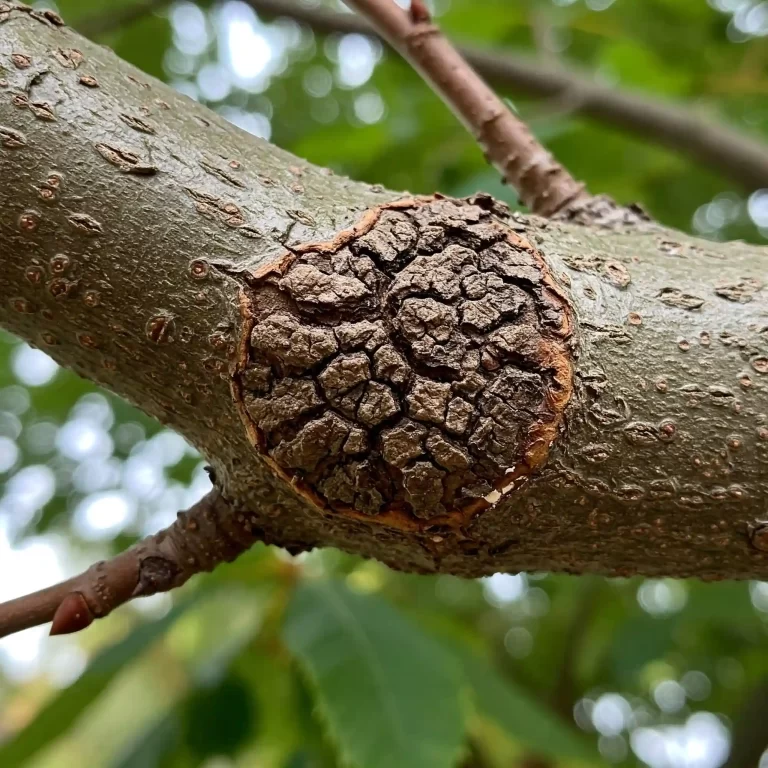Have you ever walked out to your cherry orchard, excited for the season’s harvest, only to find the leaves of your beautiful trees speckled with unsightly brown spots? It’s a distressing sight, isn’t it? The leaves, meant to be vibrant and green, now marred by these telltale signs of disease. You might feel a pang of worry, wondering if your cherished trees will recover and if you’ll lose your precious fruit. This distress is understandable; cherry leaf spot, a fungal disease, can indeed wreak havoc on your trees, causing defoliation and diminished yields. But don’t let this problem overwhelm you. I’ve spent years dealing with this very issue, and I’ve found that with the right knowledge and proactive strategies, you can effectively prevent, control, and manage cherry leaf spot. This guide will equip you with the practical steps to protect your trees, ensuring they remain healthy and productive for years to come.
Recognizing Cherry Leaf Spot: Spotting the Early Signs
The first step in combating cherry leaf spot is to be able to recognize it. Early detection is crucial for effective management, as it allows for timely intervention and minimizes the impact on your trees.
Understanding the Symptoms:
- Leaf Spots: The most prominent symptom is the appearance of small, circular to irregular brown spots on the leaves. These spots often have a reddish-brown margin.
- Leaf Drop: As the infection progresses, the spots may enlarge and coalesce, causing the leaves to turn brown and eventually drop prematurely. This defoliation weakens the tree, reducing its ability to photosynthesize and produce fruit.
- Twig and Branch Infection: In severe cases, the fungus can infect young twigs and branches, causing cankers (open sores) that may girdle and kill the branches.
Differentiating Cherry Leaf Spot from Other Diseases:
It’s important to accurately identify cherry leaf spot to ensure proper treatment. Some other diseases can cause similar symptoms, including:
- Powdery Mildew: This fungal disease causes a white, powdery coating on leaves and can also affect fruit.
- Bacterial Canker: This bacterial disease causes sunken, cankerous lesions on branches and may also lead to leaf spots.
To differentiate cherry leaf spot, carefully examine the spots on the leaves. Cherry leaf spot typically produces well-defined, brown spots with a reddish-brown margin, while powdery mildew appears as a powdery white coating. Bacterial cankers often have a more sunken and discolored appearance on branches.
If you’re unsure about the diagnosis, it’s always best to consult with a local arborist or your county extension office for accurate identification and treatment recommendations.
The Science Behind Cherry Leaf Spot: Understanding the Fungus
To effectively combat cherry leaf spot, it’s essential to understand the nature of the pathogen we’re dealing with. This knowledge will empower you to make informed decisions about prevention and control strategies.
Understanding the Fungus
Cherry leaf spot is caused by the fungal pathogen Blumeriella jaapii. This fungus thrives in cool, wet conditions, making it particularly prevalent in regions with frequent spring rains.
Life Cycle of the Fungus
The life cycle of Blumeriella jaapii is as follows:
- Overwintering: The fungus overwinters on infected leaves and twigs that remain on the tree or on the ground around the tree.
- Spore Formation: In the spring, when temperatures warm and moisture is abundant, the fungus produces spores. These microscopic reproductive structures are released into the air and carried by wind and rain to healthy leaves.
- Infection: Spores land on susceptible leaves and germinate, penetrating the leaf tissue.
- Disease Development: The fungus grows and reproduces within the leaf tissue, causing the characteristic brown spots.
- Spore Production and Dissemination: New spores are produced on the infected leaves and can be spread to other parts of the tree or to neighboring trees.
This cycle continues throughout the growing season, leading to increasing disease severity if left unchecked.
Factors that Favor Disease Development
Several factors can contribute to the development and spread of cherry leaf spot:
- Weather Conditions: Cool, wet weather, particularly during leaf emergence and bloom, creates ideal conditions for fungal growth and spore dissemination. Prolonged leaf wetness is particularly conducive to infection.
- Tree Density: Dense plantings can increase humidity levels within the canopy, creating a more favorable environment for the fungus.
- Air Circulation: Poor air circulation within the tree canopy can also increase humidity and hinder the drying of leaves, which is essential to prevent infection.
By understanding the life cycle of the fungus and the factors that promote its growth, you can implement strategies to disrupt the disease cycle and protect your cherry trees.
9 Proven Strategies to Prevent and Control Cherry Leaf Spot
Now that you understand the nature of cherry leaf spot, let’s explore effective strategies to prevent and control this disease. By implementing a combination of these measures, you can significantly reduce the risk of infection and safeguard the health of your cherry trees.
Sanitation is Key:
One of the most crucial steps in managing cherry leaf spot is maintaining good sanitation practices. This involves removing infected plant material and debris to minimize the overwintering sites for the fungus.
- Raking and Removing Fallen Leaves: In the fall, rake up and remove all fallen leaves from under your cherry trees. Dispose of them properly by composting them in a hot compost pile or bagging them for disposal. Avoid leaving them on the ground, as they can harbor the fungus and serve as a source of infection for the following year.
- Pruning Infected Twigs and Branches: Prune out any infected twigs and branches during the dormant season (late winter or early spring). This helps to remove fungal spores and reduce the overall inoculum level. Make sure to disinfect your pruning shears between cuts to prevent the spread of the disease.
Cultivar Selection:
While no cherry tree cultivar is completely immune to cherry leaf spot, some varieties exhibit greater resistance than others. Consider planting resistant cultivars to minimize the severity of infection. Some recommended resistant varieties include:
- North Star
- Rainier
- Stella
- Van
Fungicide Applications:
Fungicides can be an effective tool for preventing and controlling cherry leaf spot. However, it’s important to use them judiciously and follow label instructions carefully.
- Copper-based fungicides: These fungicides are commonly used as preventive sprays for cherry leaf spot. They should be applied before bud break and repeated at intervals of 7-10 days during periods of favorable weather for disease development (cool, wet conditions).
- Timing of Applications: Early spring applications are crucial, as they protect the new leaves from infection. Additional sprays may be necessary throughout the growing season, especially during periods of prolonged wet weather.
Improve Air Circulation:
Adequate air circulation within the tree canopy can help to dry leaves quickly, reducing the time they are wet and susceptible to infection.
- Tree Spacing: When planting new trees, ensure adequate spacing between trees to allow for good air circulation.
- Pruning: Prune your trees to open up the canopy and improve air flow. Remove any crossing or rubbing branches that can hinder air movement.
Water Wisely:
Overhead watering can spread spores from infected leaves to healthy ones. To minimize this risk:
- Avoid overhead watering, especially during periods of high humidity.
- Water deeply and infrequently to encourage strong root growth and reduce the frequency of watering.
Fertilize Appropriately:
Proper fertilization can help to maintain tree vigor and enhance disease resistance.
- Use balanced fertilizers that provide the necessary nutrients for healthy growth.
- Avoid excessive fertilization, as it can weaken the tree and make it more susceptible to disease.
Monitor Regularly:
Regularly inspect your trees for signs of cherry leaf spot. Early detection allows for prompt action and can help to minimize the severity of infection.
- Conduct weekly or biweekly inspections, especially during periods of favorable weather for disease development.
- Look for the presence of brown spots on leaves, leaf drop, and other symptoms.
Consider Biological Control:
Biological control agents, such as certain bacteria and fungi, can help to suppress the growth of Blumeriella jaapii. However, research on the effectiveness of these agents in managing cherry leaf spot is ongoing.
Seek Professional Help:
If you are dealing with a severe infection or are unsure about the best course of action, consult with a local arborist or your county extension office. They can provide expert advice and recommendations tailored to your specific situation.
By implementing these strategies and staying vigilant, you can effectively protect your cherry trees from the damaging effects of cherry leaf spot and ensure a bountiful harvest for years to come.
Cherry Leaf Spot FAQs
In this section, I’ll address some of the most frequently asked questions about cherry leaf spot to help you better understand and manage this disease.
Q: Can cherry leaf spot kill my tree?
A: While cherry leaf spot can cause significant defoliation and weaken your tree, it rarely kills healthy, mature trees outright. However, severe, repeated infections can weaken the tree over time, making it more susceptible to other stresses, such as drought or winter injury. Young trees are particularly vulnerable to severe infections, as they may not have the reserves to withstand significant leaf loss.
Q: How long does it take for cherry leaf spot to appear?
A: The appearance of symptoms typically begins in late spring or early summer, after the fungus has had time to overwinter on infected leaves and twigs and produce spores. However, the exact timing will vary depending on weather conditions and the specific cultivar of cherry tree.
Q: Are there any home remedies for cherry leaf spot?
A: While some home remedies like baking soda or neem oil sprays may have limited effectiveness in controlling mild infections, they are generally not as reliable as fungicide applications. It’s best to rely on cultural practices like sanitation and good tree care to prevent infections in the first place.
Q: Can I still eat cherries from a tree with leaf spot?
A: Yes, you can still eat cherries from a tree with leaf spot. The fungus primarily affects the leaves, and the fruit itself is not directly impacted. However, severe infections can reduce fruit size and quality.
Q: How often should I apply fungicide to prevent cherry leaf spot?
A: The frequency of fungicide applications will depend on weather conditions and the severity of disease pressure. As a general guideline, preventive sprays should be applied before bud break and repeated at intervals of 7-10 days during periods of favorable weather for disease development (cool, wet conditions).
Q: What is the best time of year to prune to prevent cherry leaf spot?
A: Dormant pruning, which is done in late winter or early spring before bud break, is the best time to prune to minimize the risk of spreading the disease. Pruning during the growing season can open up wounds that can become infected with the fungus.
Q: Can I compost leaves from a tree with cherry leaf spot?
A: It is generally not recommended to compost leaves from a tree with cherry leaf spot. The fungus can survive in the compost pile and may be able to infect other plants. If you choose to compost the leaves, ensure that the compost pile reaches high temperatures (140°F or 60°C) for an extended period to kill the fungus. Alternatively, dispose of the leaves in the trash.
Conclusion
In conclusion, cherry leaf spot is a common fungal disease that can significantly impact the health and productivity of your cherry trees. However, by understanding the disease and implementing the strategies outlined in this guide, you can effectively prevent, control, and manage this challenge.
Remember, early detection and proactive measures are key. Regularly inspect your trees for signs of infection and take prompt action to address any issues. By combining good sanitation practices, proper cultural care, and the judicious use of fungicides, you can create a healthy environment for your cherry trees to thrive.
Protecting your cherry trees from cherry leaf spot is an ongoing commitment. By staying vigilant and implementing the strategies discussed in this article, you can ensure that your trees remain healthy and productive for years to come, providing you with a bountiful harvest of delicious cherries.




